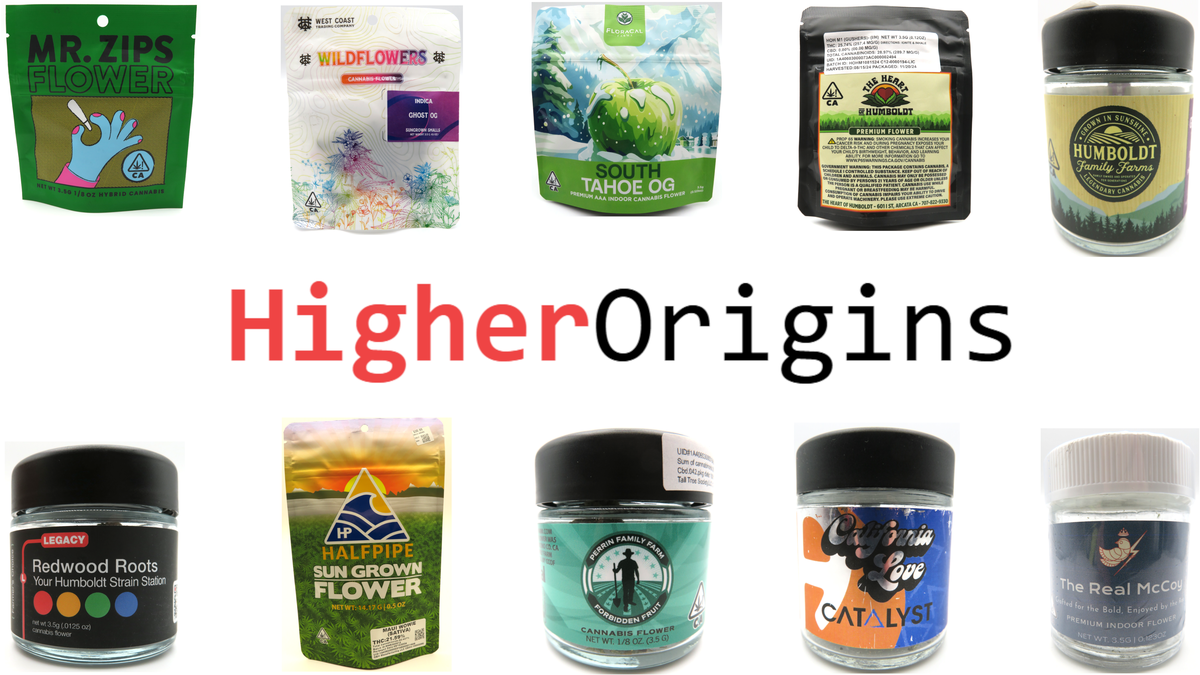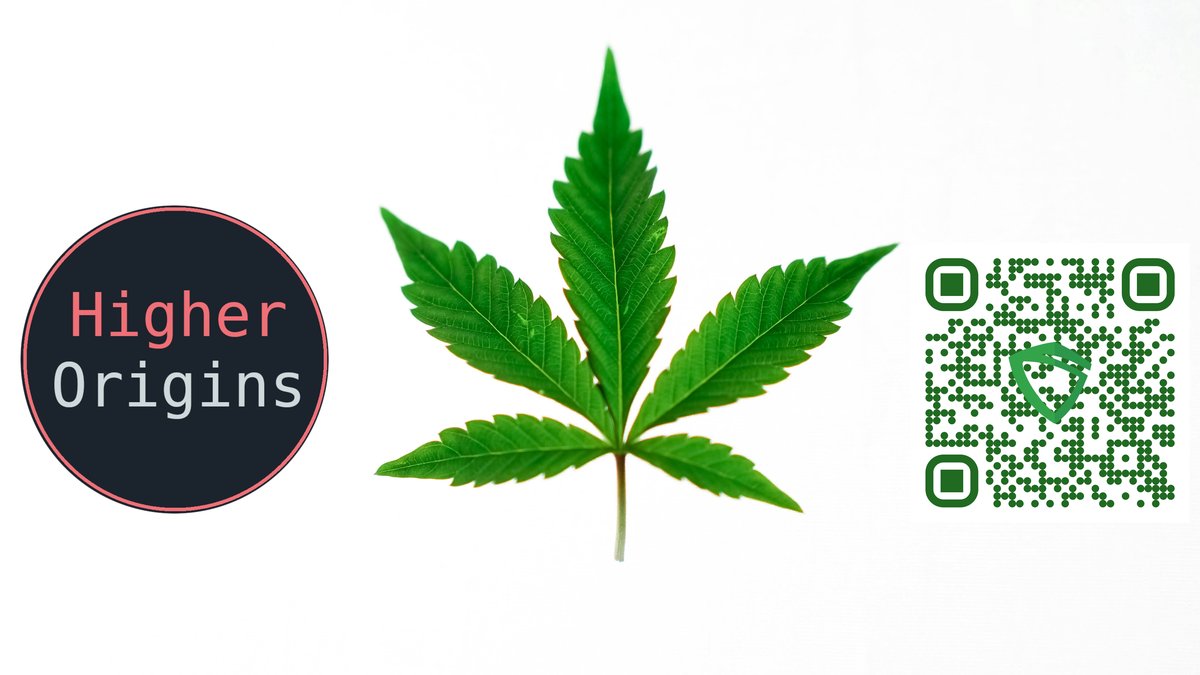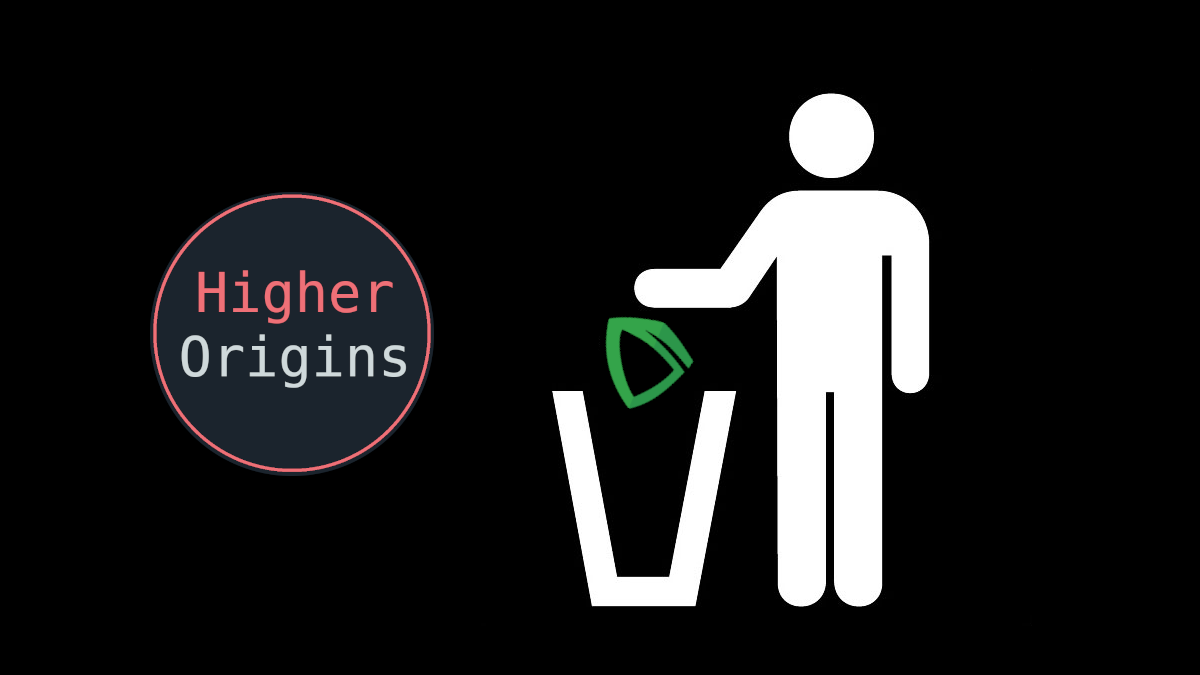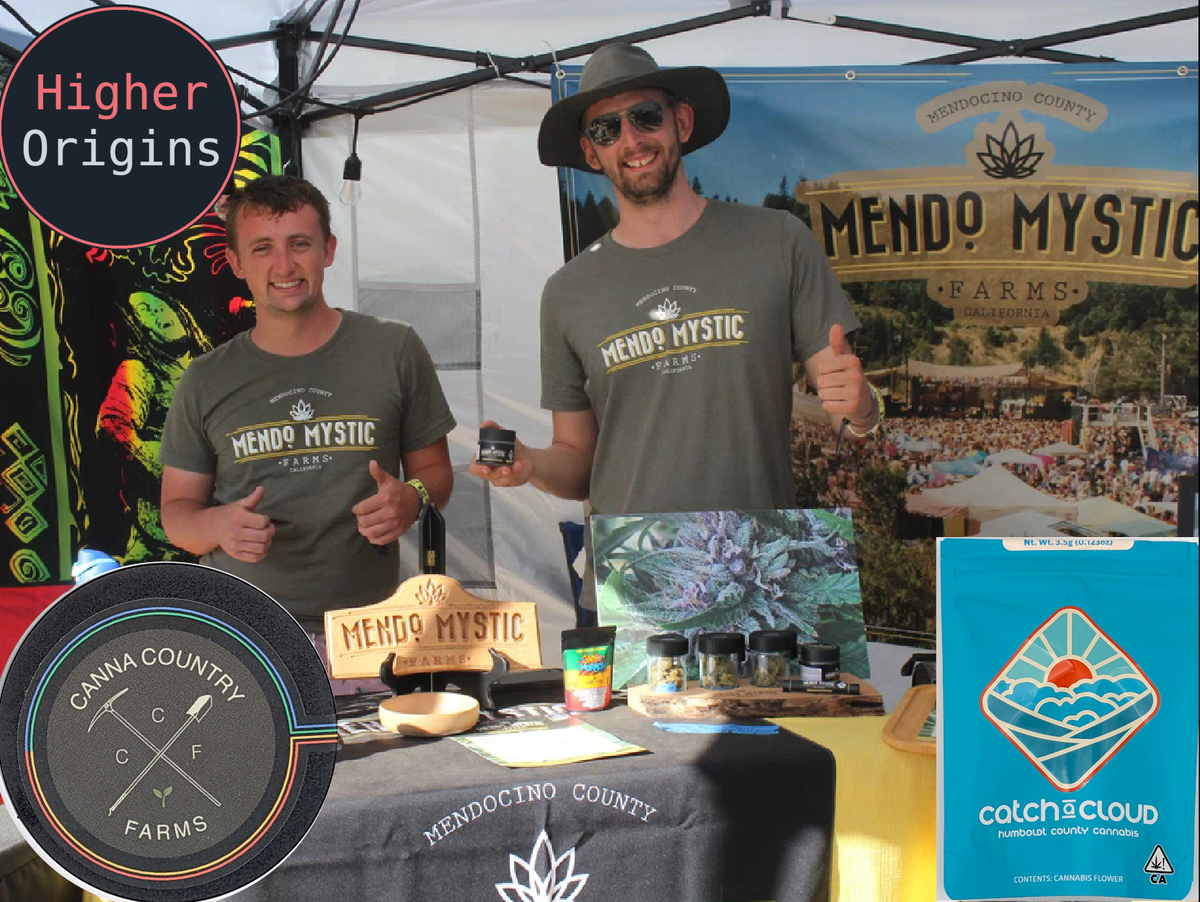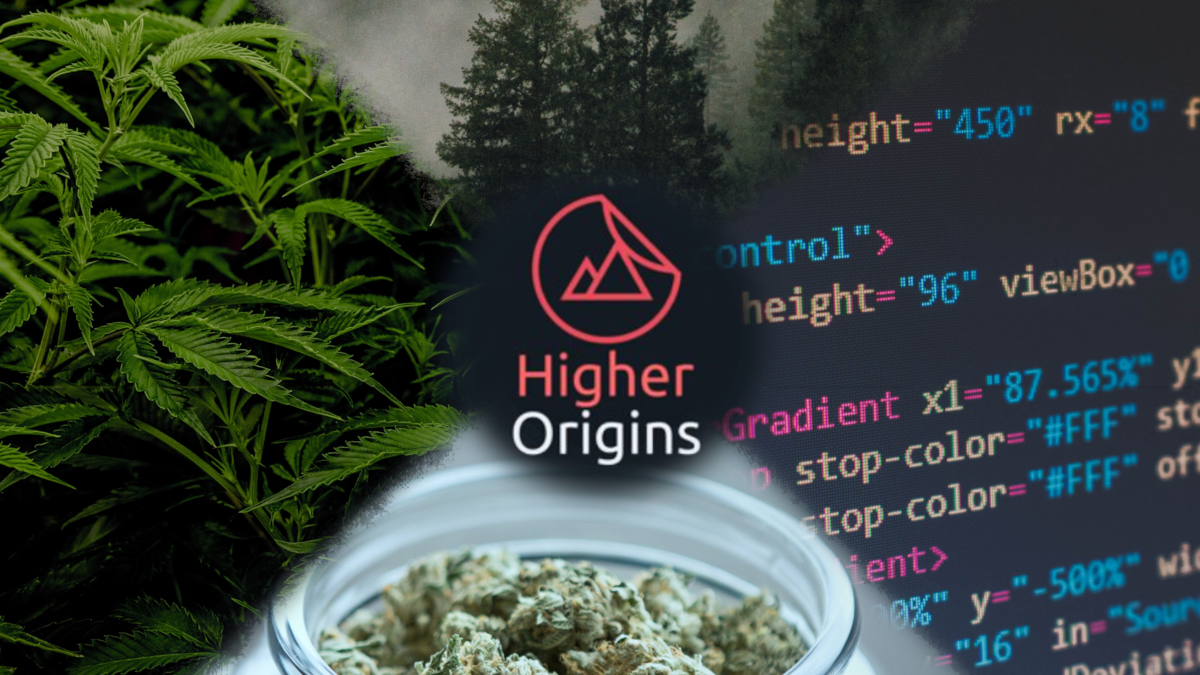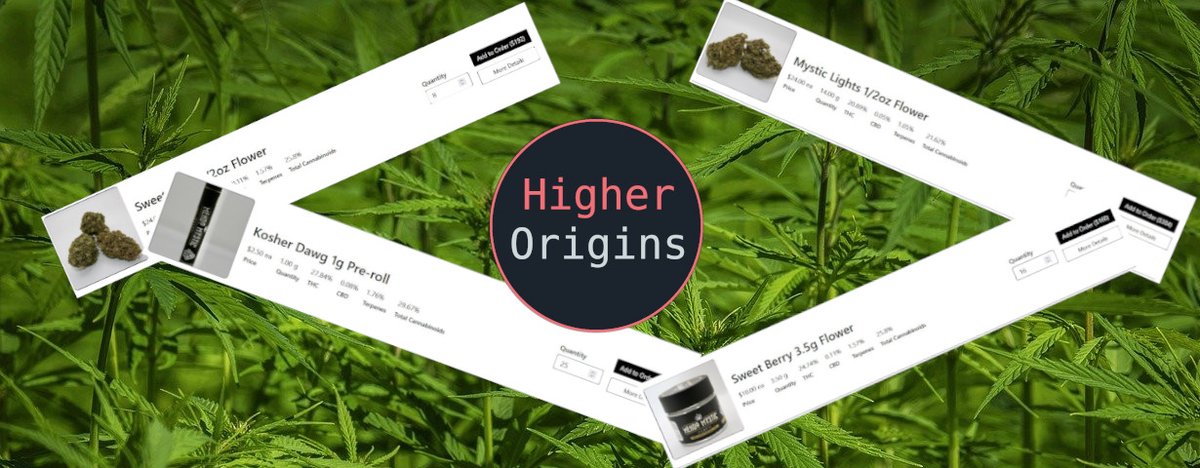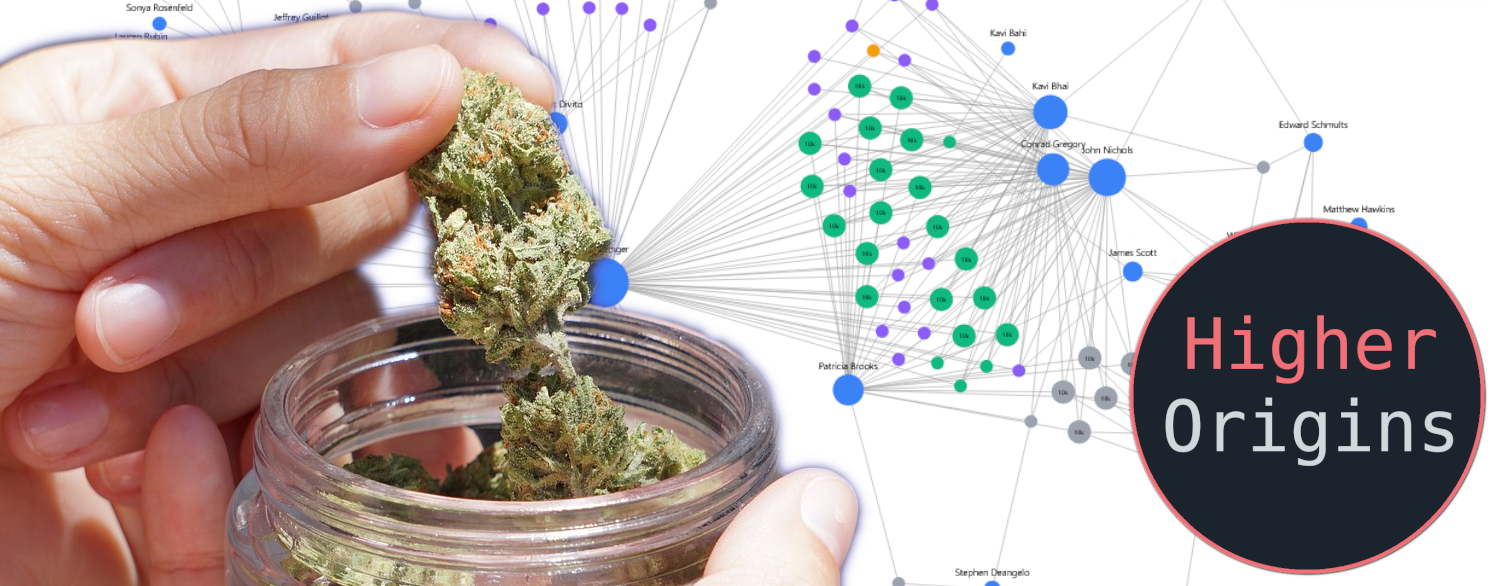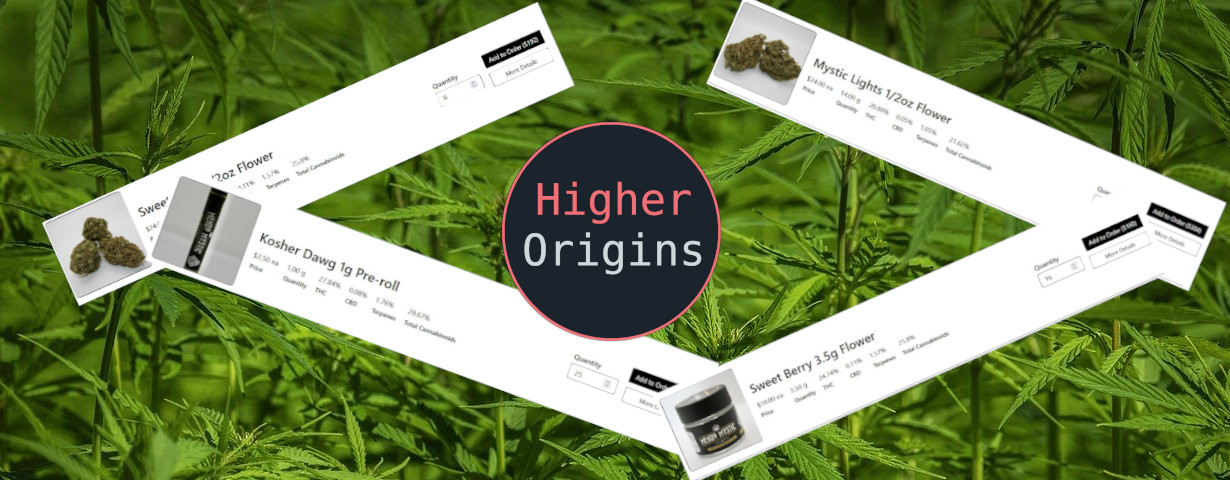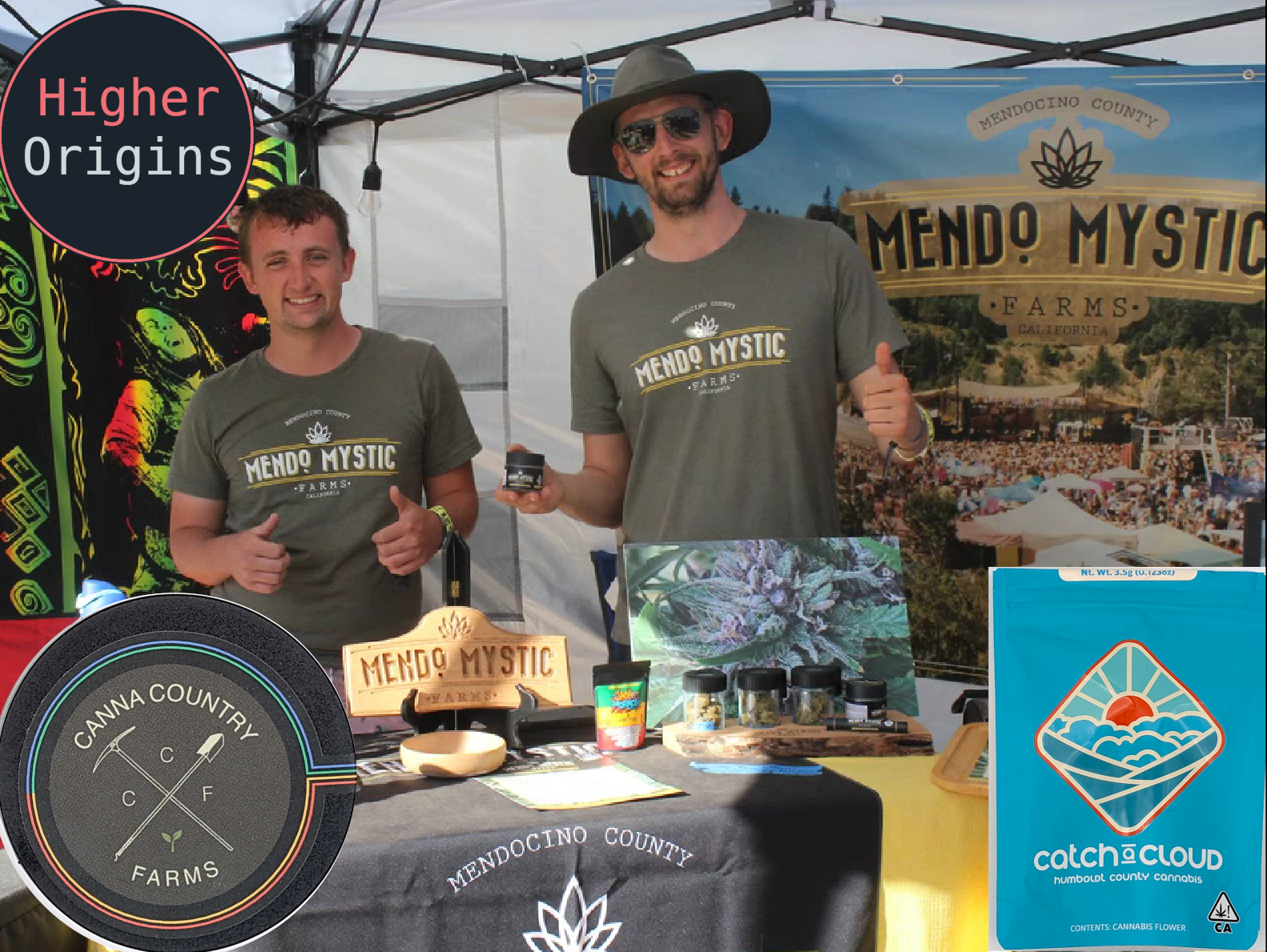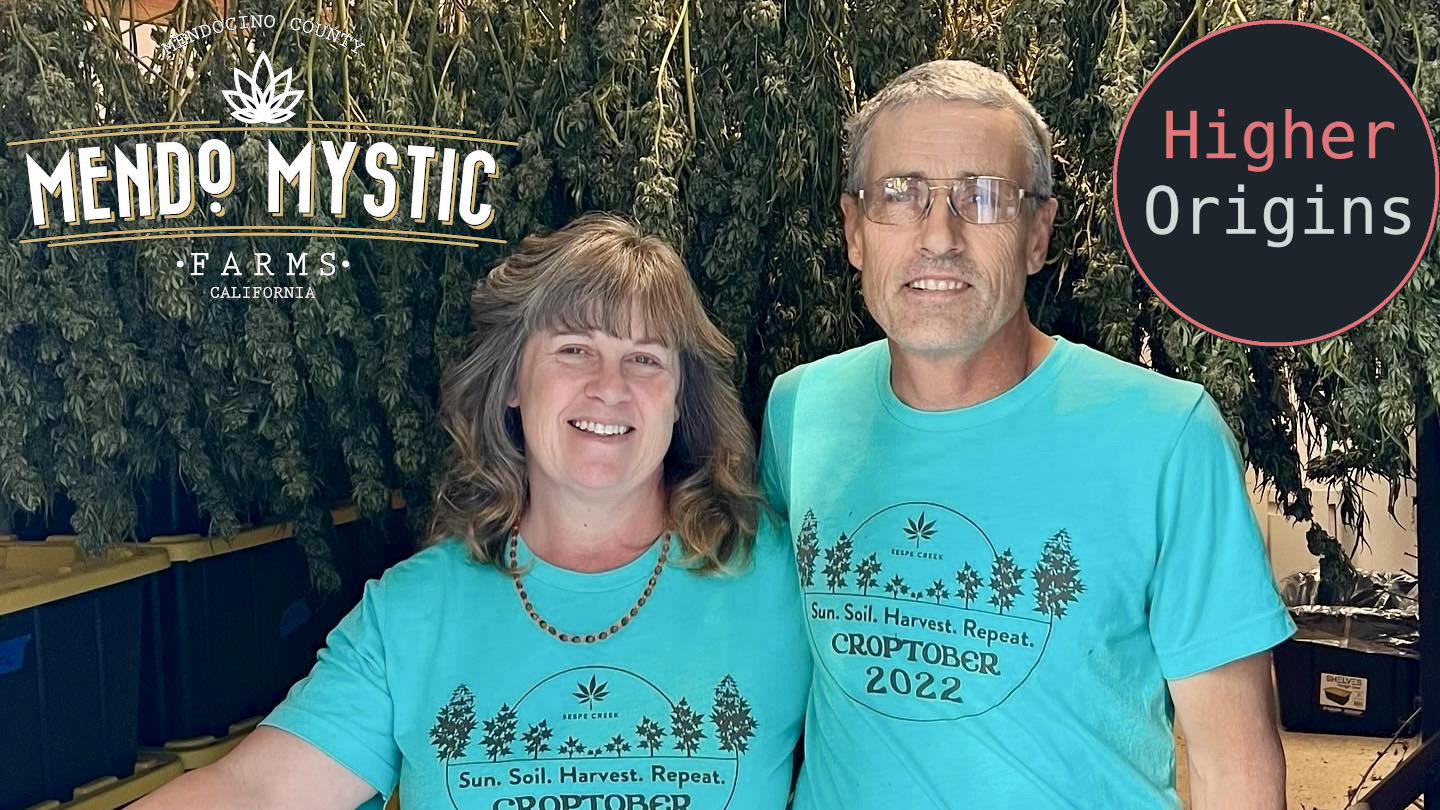2022 is finally over, and with a complete set of data fresh from the State, it’s time to break down what happened in the California Cannabis market this past year, as well as check out a few other trends and interesting market insights. This analysis is quite long and covers trends mainly in cultivation and sales. Breakdowns of distribution and retail will be covered in future reports. The data for this report came entirely from the California government, mostly the Department of Cannabis Control and the Department of Tax and Fee Administration. Keep an eye out for future posts and articles describing more regional trends and industry sectors.
Do not make important business decisions based upon the data in this report! We are not professionally trained economists, statisticians, or data analysts.
Section 1: Overall Licensing Trends

Let’s start with a basic indicator- the number of licenses by category over the past two years.
The number of manufacturing licenses more than quadrupled this year.. Every brand now seems to have a variety of pre-rolls, gummies, drinks, and edibles, and they need to make them somewhere. The bulk of the growth was in Non-Volatile extraction with Type 6 Licenses, mainly in Los Angeles.
Commercial growth increased as well, although somewhat more moderately with a mild correction later in the year. This was mostly driven by distribution and new retail storefronts in Los Angeles.
Cultivation had a rough year. Overall, half of the gains made since the beginning of 2021 have been lost, even though the overall growth trend is still optimistic. We’ll break this category down further below.
Section 2: Cultivation Trends
Outdoor
The largest category of cultivation in California is outdoor. We’re biased, but we think it’s the best category as well. Let’s look at the overall changes in this category.

Clearly, the majority of licensed outdoor cultivation in the state is Small Outdoor. Likewise this category is clearly the most volatile, with the others barely changing throughout the past two years. Licenses don’t tell the whole story however, since these licenses allow for different sizes of cultivation operations. Let’s compare the square footage.

Now we can see that although the trends are the same, the actual amount of plants that can be grown is much different across the various license types. Medium Outdoor allows up to an acre (43,560 ft2), while Small Outdoor only allows 10,000ft2. Regardless of area, that drop in Small Outdoor licenses is pretty scary, so let’s look at who they belong to and where they are located.

Okay, so we checked, and yes Lake County still exists. The massive losses there are driven by the failure of large corporate farm projects.
Halo Collective’s Bar X Farms lost 270 when the investment capital ran out.
Sourz HVR with 169 licenses near Clearlake Oaks lost a planning appeal.
Other failures include two large farms called Benmore North and South totaling 87 licenses, a farm by Three Bees LLC with 65 licenses, and a 48 license project by Ursa Valley LLC.
Santa Barbara lost Busy Bee’s Organics with 66 licenses, and Chip’s 18 LLC, with 41.
Fresno had one major failure, a 115 license project run by Greenbriar Holdings.
Overall, a significant portion of the license loss was due to large projects failing to get off the ground due to regulatory or capital based failures- many of these projects never even seemed to get plants in the ground. From our perspective at Higher Origins, this is a good thing. It shows that our preferred small farms aren’t bearing the full weight of this loss, and it clears the state license data of some paper tigers that throw off our numbers.
Now let’s look at the newcomers to the outdoor industry.

Oddly enough, the biggest losers and the biggest gainers are from the same places- Lake and Santa Barbara. This is due to only a few large players.
In Santa Barbara, Canyon Produce added 254 licenses, 9500 Cultivators LLC added 54, and BDZ LLC added 47.
The rest of the license additions were fairly evenly distributed across smaller farms.
Big players getting massive stacks of licenses really only matters if they can cultivate them and make money, something that seems difficult, especially as investment capital dries up.
Mixed Light
On to the second largest category of cultivation in the state, mixed light.

Like with outdoor, there’s a clear winner here. The Small Tier 1 license allows for up to 10,000ft2 of enclosed canopy. Taking that square footage into consideration, let's look at square footage across the whole category.

The trends are mostly the same, aside from Small Tier 2 and Medium licenses breaking even with each other. Similar to outdoor, the recent downturn in the leading license category is concerning, so let’s look at those losses.

It looks like the losses in this category are more widespread.
Lily’s Green Garden Inc with 31 licenses, Cresco California with 23 licenses, and Santa Barbara’s Finest with 25 licenses made up the majority of losses in Santa Barbara.
Unfortunately, the majority of Small Tier 1 losses in Mendocino and Humboldt were from small farms, with Humboldt losing 77 and Mendocino losing 46. We hate to see this kind of attrition in the Emerald Triangle.
Monterey’s losses were fairly evenly spread across businesses of all sizes.

On the growth side, we see that the same places that are losing licenses are also gaining them, so a fair amount of turnover exists.
In total, losses in Humboldt and Mendocino have been blunted by gains in new small and medium licenses. While the overall balance is a loss, there are still people willing to start growing in the Triangle, even in these challenging times.
Santa Barbara continued to welcome big players, with Clean and Clear LLC adding 49 licenses, and Ednigma Inc. adding 18.
The standout here is Ventura, with another 70 licenses added to the Glass House juggernaut. Will they be able to stay afloat and satisfy their investors? Tune in to next year’s report to find out!
Overall, the presence of new license growth among small farms is encouraging, even if the trend is down.
Indoor Trends
Indoor cultivation is the smallest category in California. This is largely due to the expense and complexity of the operations, and the cost of suitable real estate in properly zoned areas. Luckily, indoor operations can crank out many consistent harvests a year to offset the costs.

There is more competition between the license categories with indoor than the other two cultivation types. Specialty and Small licenses are competing, and both seem to be heading into a downward correction.

Breaking indoor cultivation down into square footage, we see overall a healthy trend which increased in the middle of the year. The large Medium licenses are catching up with Small. If you squint you can see Specialty Cottage down there on the bottom. These licenses are for very limited numbers of plants in special circumstances so it’s no surprise that they make up a negligible amount of the total indoor cultivation.

License losses for indoor were not terrible in the past year. Losses were widely distributed across businesses of all sizes. LA clearly lost the most, but this is likely just proportional to its size, not any serious negative trend.

New licenses follow a very similar trend, except at a larger scale. Again, LA is the winner here, gaining more than twice as many licenses as it lost last year.
Overall Cultivation Square Footage Changes

Let’s take a step back and look at the state crop as a whole. While outdoor did take a dive this past year, remember that a very significant amount of that was failed megaproject farms, and does not entirely reflect the effect on small and medium sized farms.

When you look at the license trends across business size, you see that the largest drop was clearly with huge businesses. While times are definitely hard, it seems like small farms are much more resilient than the big investment projects. Medium and large businesses seem to have found their niche, largely avoiding serious losses. It seems like scale is the enemy of stability here. Furthermore, the sheer size of the small cultivation industry can’t be understated, they truly are the 300 pound gorilla in the room.

Let’s leave the topic of cultivation with this heatmap and some observations:
Clearly, the Emerald Triangle and Central California are on top in terms of growing.
The North State is still mired in prohibition politics.
LA and SF lack affordable growing space, so they remain largely consumer economies
Calaveras stands out in a sea of prohibition, hopefully they influence their neighbors!
The real standouts are Merced and San Joaquin- they are in solid agricultural areas nearby urban areas, so their lack of growth seems like a missed opportunity
Section 3: Sales Comparisons
Now that we’ve seen where and how the cannabis is grown, let’s see who buys it.

Overwhelmingly, LA buys the most cannabis of anywhere in the state. This makes perfect sense- because LA contains about a quarter of the total state population, the fact that it accounts for roughly a quarter of the state’s cannabis sales is proportionate. What is less clear is that spaghetti mess of the other counties that make up about another half of the total sales. Let’s remove LA and focus on those.

With LA off the charts, everything scales more clearly and trends begin to stand out.
Over the past year, most of these counties have settled into a fairly level trend in the 2.5%-6% range, indicating a more stabilized market.
The two standouts in the past year are Riverside and San Diego counties, who have chaotically increased their buying power. This rapid growth appears to be heading into a correction.
This data is still somewhat chaotic to look at, so let’s map it at the state level.
With everything mapped, we can get a much better picture of who’s buying California’s crop.

This clearly shows the dominance of LA and the Bay Area for buying the state’s supply.
Keep in mind that this map only illustrates counties as a whole and doesn’t account for differences in population density in those counties. For example, San Bernardino and Riverside have the majority of their population on their Western side near LA.
Looking at the state at a county level is one thing, but what does this mean for your average Californian? Keep in mind that not everyone here consumes- depending on which study you look at, roughly 15%-30% of the population regularly buys cannabis.

Currently, we see the average person’s expenditure has dropped from its peak in mid 2021 and is currently trending at around 40$ a quarter.
If we consider the rough estimate that only about a quarter of the population regularly consumes, we can increase that to about 160$ a quarter, or a little over 50$ a month spent on weed per consumer, which sounds reasonable.
Interestingly, it looks like the average sales drop during the winter months. Is this due to there being less outdoor activities where people can light up? Or do products get steeply discounted in the winter? This needs more research from a retail standpoint.
Conclusions
Our overall take from this data is one of cautious optimism.
The past two years have been tough, and the industry has taken losses.
Much of this loss was due to huge make-or-break investments in outdoor operations.
There is a certain amount of turnover happening, with the regions experiencing the most loss also having the most growth.
Small farms still reign supreme in terms of numbers and cultivation area.
Cultivation is largely focused in central California and the Emerald Triangle
LA dominates indoor growing and retail, proportional to population.
The Northeast State is stuck in prohibitionist politics, with a lack of cultivation and retail.
Riverside and San Diego counties are quickly growing retail sales, but in a chaotic way.
This is the first of our data analytic reports for 2023. Stay tuned for more! Always do your own research, and something tells us if you get an offer to invest in a huge outdoor cultivation company, keep walking.
-The Higher Origins Team


